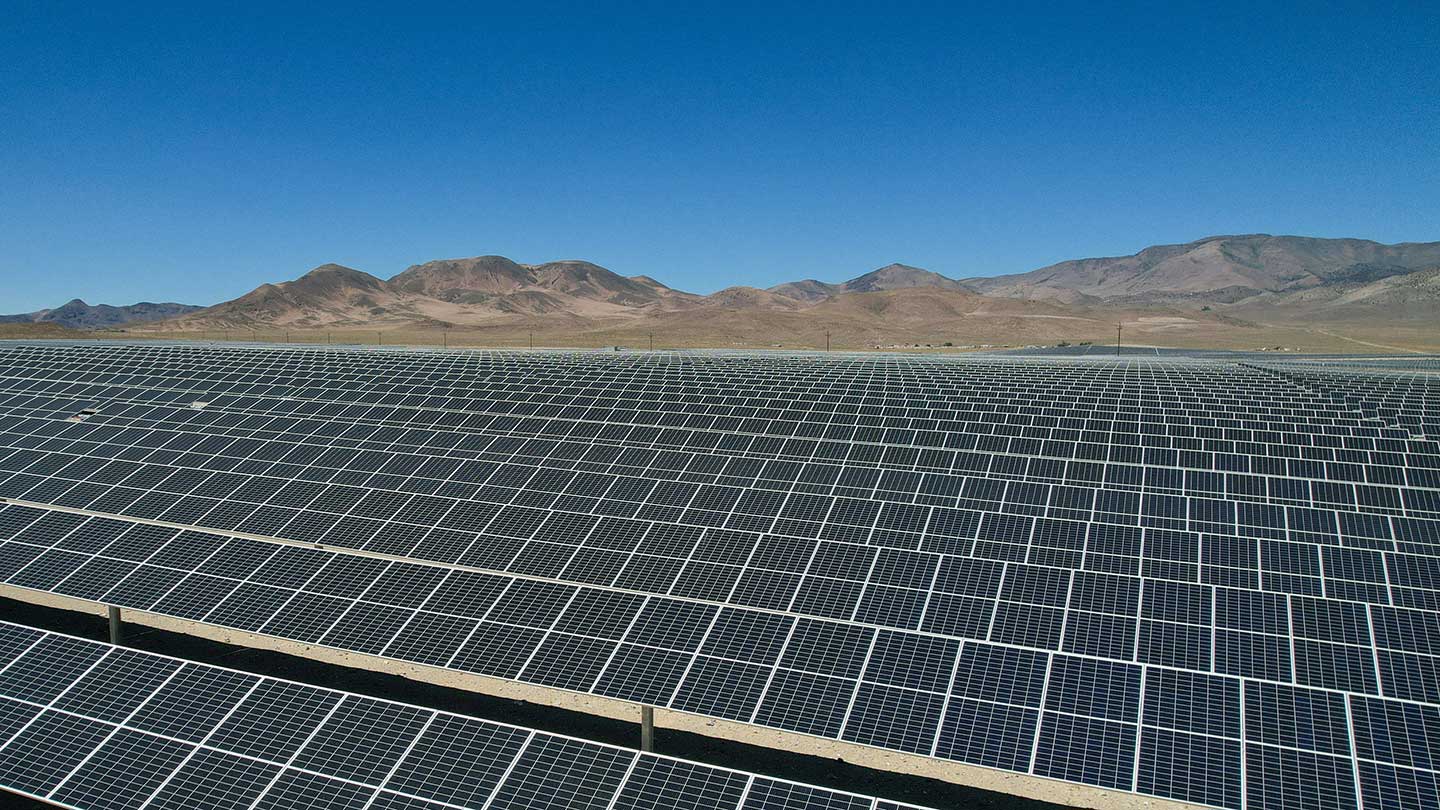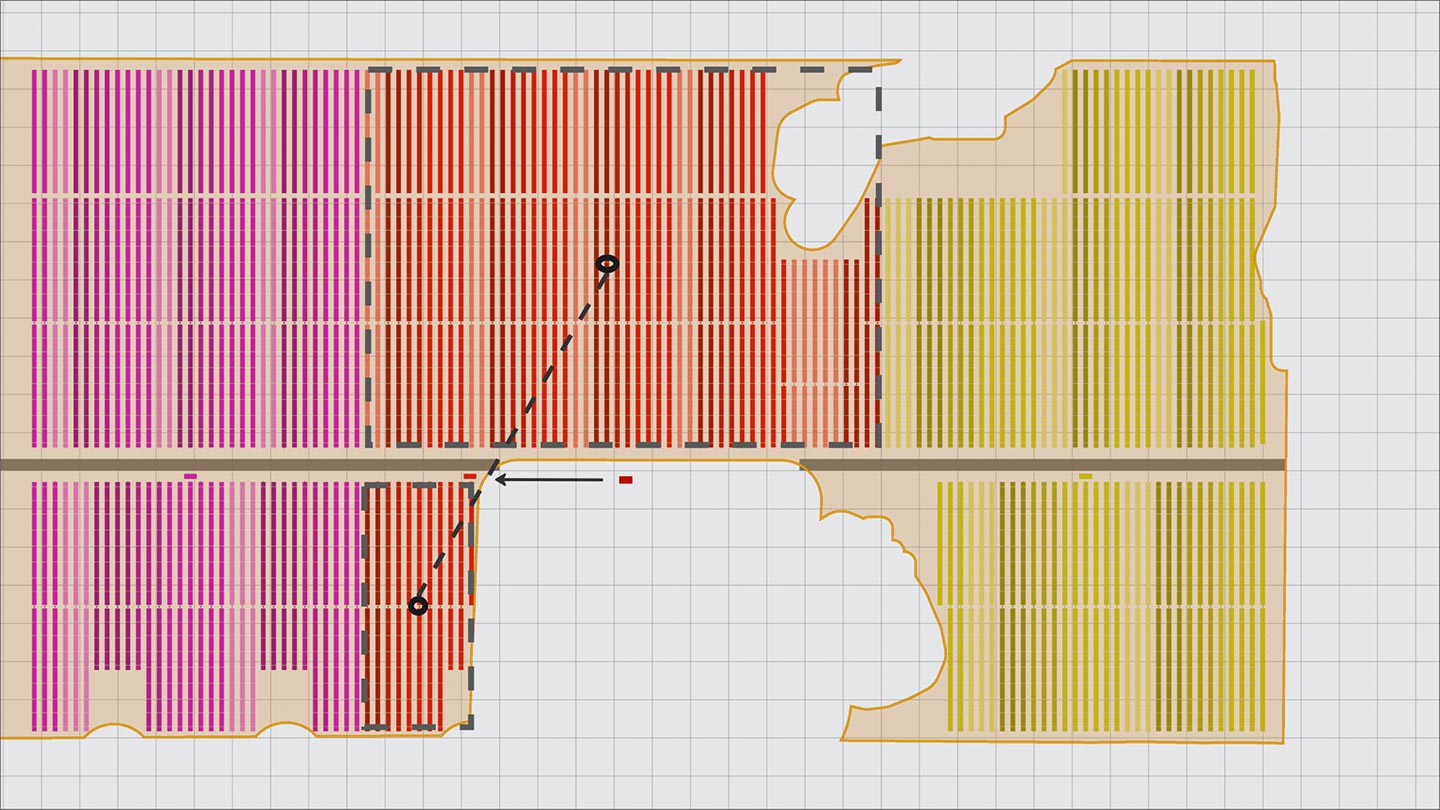Calculating Solar Panel ROI: A Step-by-Step Look at Financial Benefits
%20(1)%20(1).jpg)
Understanding the return on investment (ROI) for solar panels helps determine whether going solar is a sound financial decision. In residential, commercial, and utility-scale settings, ROI shows you how long it takes to recover upfront costs and how much money the system can save over time. For solar professionals and prospective buyers, knowing how to calculate ROI can inform choices and set realistic expectations for the project.
Introduction to ROI in Solar Investments
ROI is a measure of how profitable an investment is compared to what it costs. For both private and commercial solar energy, this means weighing installation costs against long-term savings on electric bills. The outcome — usually expressed as a percentage or a number of years — shows how quickly the system pays for itself and what kind of returns it delivers over time.
Several factors shape solar panel ROI. These include system size and efficiency, local sunlight conditions, labor and equipment costs, electricity rates, and any available incentives. Taking all these into account helps build an accurate picture of how worthwhile an installation might be.
For commercial and utility-scale projects, this is especially valuable. Larger systems often mean steeper upfront costs, but the savings potential is higher too. ROI offers a clear view of whether the project makes financial sense over time.
Understanding Key Cost Factors
Calculating ROI starts with understanding what goes into the total cost of a solar system. This includes not only the panels and inverters but also soft costs like labor, permitting, inspections, and design services. Efficiency plays a major role here — higher-efficiency panels may cost more upfront but can significantly improve long-term output and financial returns.
Panel choice matters as well. High-efficiency monocrystalline panels tend to cost more but offer better output. Polycrystalline or thin-film panels are more affordable, bringing down the initial cost, but might yield less energy.
Project location also plays a role. Labor rates, permitting rules, and delivery logistics vary across regions. In places with tricky terrain or space limitations, system layout may require extra planning and materials, driving up costs.
Installing solar panels in real-world settings isn’t always straightforward, and that can impact financial forecasts. Urban environments often present unique challenges such as roof shading, structural constraints, and limited space — factors that can influence both design and cost. On a broader scale, infrastructure limitations, permitting hurdles, and site-specific engineering constraints can complicate deployment and reduce system efficiency if not addressed early in the planning phase.
Evaluating Energy Savings and Payback Period
Once you know the costs, it’s time to estimate how much energy the system will produce. This depends on the site’s average sunlight and the local cost of electricity.
To calculate the payback period, divide the system’s total cost by the annual savings. For instance, if a system costs $20,000 and saves $2,500 per year, the payback period is around eight years.
Energy strategy tools and calculators make this process easier. By importing existing projects and entering specific values, you can see personalized estimates and projections. These visuals are especially helpful when presenting options to clients or building financial cases for new projects.
Factoring in Maintenance and Operational Costs
Though solar systems are relatively low-maintenance, they still need some ongoing care. Regular cleaning, periodic inspections, and the eventual replacement of inverters or other components should be factored into ROI.
Inverters usually last 10 to 15 years — shorter than the panels themselves — so replacements might be needed midway through the system’s life. For larger systems, it’s also wise for you to budget for wiring inspections or minor fixes along the way.
These costs aren’t usually deal-breakers, but they do slightly extend the payback window. Fortunately, they’re predictable and easy to manage with consistent monitoring and preventative service.
Exploring Available Incentives and Tax Credits
Financial incentives can dramatically shorten the time it takes to break even on a solar project. The federal Investment Tax Credit (ITC), for example, lets you claim a percentage of installation costs as a credit on federal taxes. Private property owners are able to claim 30% of the cost of clean energy installation from now until 2032 through the Residential Clean Energy Credit incentive as well.
Many states are offering additional perks that are driving renewable energy growth, too. These include rebates, grants, property tax breaks, and net metering programs that compensate owners for excess electricity sent back to the grid. Utility companies in some areas also run special solar programs that reduce upfront costs.
Taken together, these programs can turn a moderate return into a strong one. Keeping track of local and national offerings is one of the simplest ways to boost a project’s overall financial performance.
Calculating the Long-term Value of Solar Panels
On top of decreasing utility costs, solar panels often raise property value. Homes, commercial buildings, and utility areas with solar are desirable and may end up selling faster and for higher prices, especially in markets where energy savings are top of mind.
For business owners, solar panels can be treated as capital assets. This opens the door to depreciation deductions and improved overall valuation — useful during refinancing or sale.
Even if the property changes hands before the system pays for itself, the buyer inherits a working system with built-in savings. The remaining value is usually reflected in a higher sale price.
Actionable Strategies for Maximizing ROI
Getting the most out of a solar investment starts with thoughtful system design. Proper panel orientation, tilt, and spacing ensure the system captures as much sunlight as possible. Utility-scale solar PV tools can quickly identify areas for improvement.
System performance also depends on smart electrical planning. Choosing reliable components and matching them correctly to the site reduces the chance of efficiency loss. Modeling tools help map this out before installation.
For aging systems, repowering offers a second chance at strong ROI. Swapping in newer panels or rearranging zones can improve output significantly. Zone-level energy analyses make it even easier to pinpoint where upgrades will have the biggest impact.
Solar ROI is a practical framework that helps people and businesses make better decisions about their energy use, budget planning, and long-term value. As software tools improve and financial support for renewables grows, it’s becoming more straightforward to build a system that delivers solid returns.




.png)

.png)